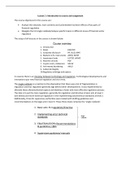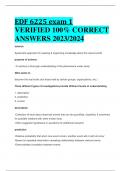Samenvatting
Complete summary lectures Financial Sector Regulation
This is a complete summary of all lectures of the course Financial Sector Regulation, taught at the VU Amsterdam. I passed the exam with a 9.3 by learning my summary from heart.
[Meer zien]







